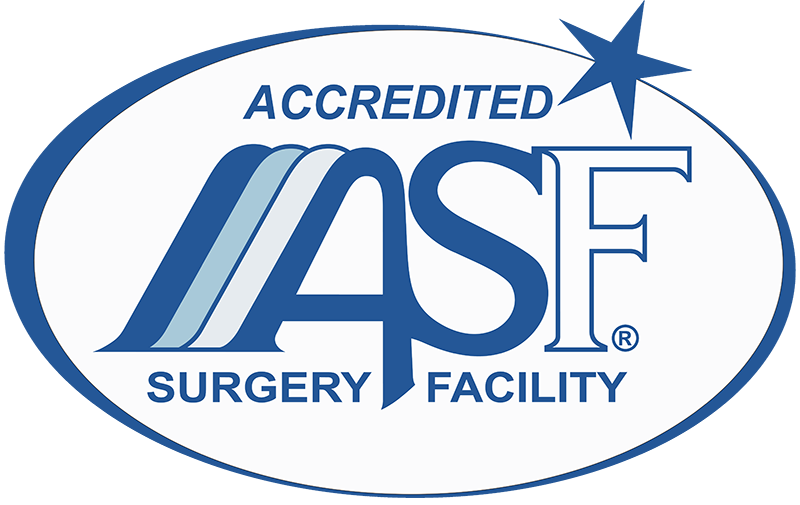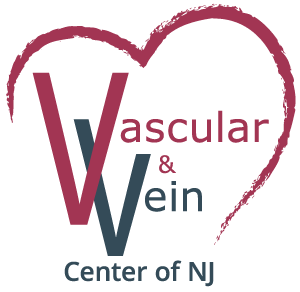Micro Phlebectomy
What is an Ambulatory Phlebectomy?
Phlebectomy (phlebo = vein, ectomy = removal) is a surgical procedure that refers to the complete removal of a vein. A vein is a blood vessel that carries blood from the body back to the heart. A MICRO or stab phlebectomy means that the vein is removed through a series of needle holes or micro incisions.
Why is it performed?
Micro or Stab phlebectomy is a definitive treatment for painful or disfiguring varicose veins. Complete surgical removal of the vein results in quicker healing, less pain and a better cosmetic result, in Dr. Nasir Khan’s opinion, than many other treatment modalities.
When is this procedure offered?
Micro or Stab phlebectomy is performed for large ropey varicose veins present in the legs and often times combined with other procedures that eliminate the feeding sources of the varicose veins. If no specific feeder vein can be identified, removal of the symptomatic vein itself is adequate treatment.
There are many alternative pathways for the blood to flow back to the heart through the groin; either through superficial veins or deeper unseen veins. Large varicose veins in the legs are treated at Vascular & Vein Center of NJ until a thorough ultrasound exam has determined that adequate deep veins are available to accommodate the extra blood flow.
How long does it take?
As an office procedure, 30-60 minutes is typical. When combined with another procedures at the vein center, up to two hours may be necessary especially for extensive and complicated cases.
What are the risks?
Phlebectomy is a surgical procedure, and as with any surgical procedure, common risks such as blood, infection, swelling, allergic reaction to a local anesthetic,
postoperative pain, discoloration in the surgical field, and small patches of numbness are theoretically possible. In Dr. Nasir Khan’s personal experience, these are all quite rare. The treated veins will not recur, but by the very nature, the development of new veins cannot always be prevented by this procedure and in absence of preventative strategies e.g. compression hose
Description of Procedure
The vein to be removed is first outlined with a skin marker and sometimes requires ultrasound imaging and special lighting techniques to visualize deeper portions of the vein. Next a local anesthetic is then injected directly over the vein and likewise underneath the vein (tumescent anesthesia). The vein is then removed through several needle holes (16-18 gauge) OR micro incisions (usually 1/16 inch) with a surgical instrument resembling a tiny sharp crochet hook. The incisions are closed with either Steri-Strip tape followed by compressive gauze dressing.
Is there much pain during and after the procedure?
Surprisingly not. Most patients only complain of pain related to the injection of the local anesthetic. Postoperatively ibuprofen or Tylenol are usually adequate. Prescription pain medicine is available if necessary.
What is the length of time for recovery?
Two to three weeks is necessary for completion of most of the healing processes. The final cosmetic appearance, like for any surgical procedure, may take several months or more. Most patients experience immediate improvement in their preoperative symptoms and in the appearance of the leg since the vein is now gone.
Are there postoperative restrictions on my activities?
Like any surgical procedure, a minimum of 48 hours should pass before there is any significant activity involving the surgical site. This allows for blood clots to solidify and dissected tissue planes to seal. Another two to three weeks should pass before vigorous activity is attempted. The use of well-fitting support hose during the waking hours for two to three weeks is encouraged but not necessary. All surgical wounds should be kept dry and the original dressing left in place for the first 48 hours, after which showering is not a problem. Emersion in a bathtub, a swimming pool, or a hot tub should be delayed for at least one week.
Will my insurance cover this treatment?
Insurance coverage for treatment of varicose veins varies from plan to plan, from year to year, and also from reviewer to reviewer within a certain plan. Most insurance plans will cover removal of symptomatic veins, but none will cover treatment of veins for cosmetic issues only. If this is an issue, payment will be discussed with you prior to treatment.


